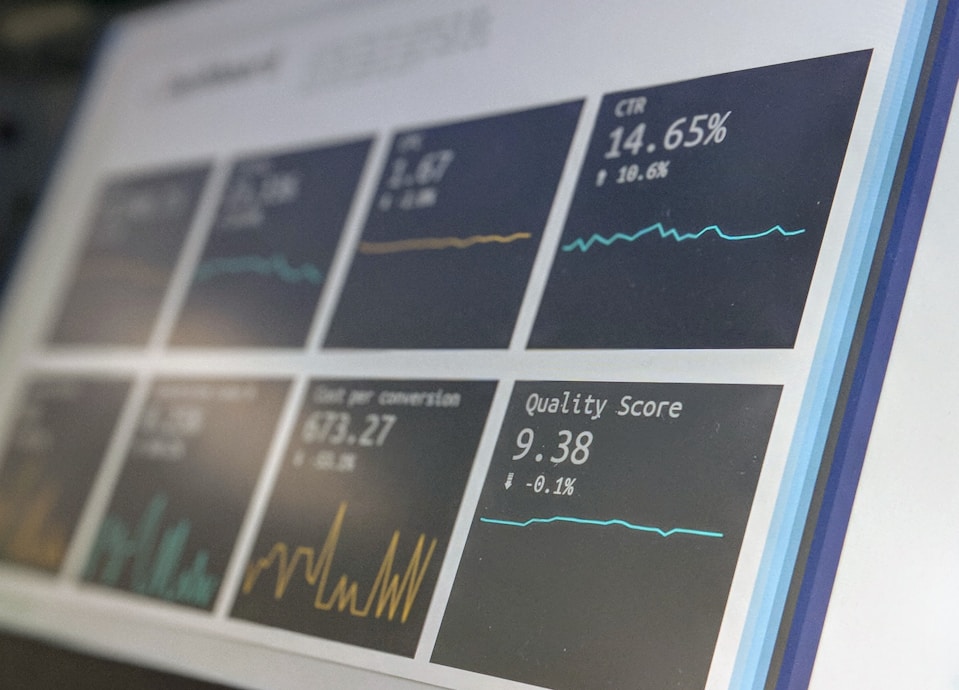When your business runs on real-time dispatch, thousands of rolling assets, and paper-thin margins, you can’t afford gaps in your data. But that’s exactly what one transportation company was facing.
They had recently implemented three new platforms: TMS, fleet management, and HR. However, with data split across five systems, three clouds, and a 25-year-old IBM i box, nothing connected. Instead, reporting was breaking down, visibility was slipping, and leadership had no way to trust the numbers. Moreover, the internal IT team counted just three people and couldn’t unify the stack alone.
Chances are, this scenario feels familiar, and you’re not alone. In today’s post, we’ll unpack the signs that your business is stuck in a data trap and explore practical ways to move forward.
When Legacy Systems Create a Reporting Black Hole

In our client’s case, each vendor system, Gravitate, Alvis, and Paychex, came with its own structure, data model, and reporting logic. None of them talked to each other. Worse, all historical reports still lived on SAP BusinessObjects, locked into an aging IBM iSeries server.
The team knew they were at risk. Business leaders were already raising red flags about data blind spots and decisions made with incomplete insight. At the same time, IT leadership feared that building a modern warehouse without a solid plan could spiral into runaway costs.
What they needed was not only a team of data engineers but a blueprint and a partner who could balance structure, flexibility, and long-term value.
4 Steps to Design an Effective Data Warehouse
Velvetech proposed a white-glove approach focused on architecture, not guesswork. Here’s how it looked:
1. Offering a Practical Plan with Guardrails

First came a focused discovery phase. Over six to eight weeks, we reviewed more than 35 existing reports, spanning everything from dispatch to safety and compliance. We audited source systems, analyzed reporting dependencies, and laid out a realistic ETL and data modeling strategy.
Instead of chasing every use case, we prioritized what mattered most: future-proofing the data without overwhelming the team or the budget.
2. Building for Structure, Scale, and Simplicity

We designed a hybrid data warehouse and data lake using an Azure-native stack. This gave the client flexibility to handle structured and semi-structured data without over-engineering the solution.
ETL pipelines were automated using Azure Data Factory, pulling from APIs, flat files, or batch jobs depending on what the source system allowed. To ensure long-term confidence in the data, we integrated AI-driven quality checks using tools like SonarCloud and Great Expectations.
3. Turning Dashboards Into Decision Tools

Power BI was the reporting layer of choice. We built dashboards directly accessible through SharePoint and trained internal staff to create ad hoc reports after go-live. Regular exports for clients and regulators, whether in Excel, PDF, or email, were automated to reduce manual overhead.
Explore how our Travel and Hospitality Software Development Services help transportation businesses.
4. Involving a Small Team that Delivers Big Results

The delivery team was lean and focused: an architect, a Power BI developer, and a fractional analyst under the direction of a dedicated PM. Coordination stayed US-based, but optional offshore resources allowed for cost control when needed. Every week brought progress, transparency, and documentation.
From Data Chaos to Business Clarity
At the end of the day, the entire solution encompassed more than clean dashboards. It was what the company initially was looking for: a roadmap and confidence. Particularly, the carrier gained:
- A clear, flexible data architecture ready to grow with them
- A documented blueprint and budget they could present to leadership
- The ability to retire legacy systems without losing reporting continuity
- And most critically, the assurance that they could operate with visibility, without expanding the internal team
Discover more on How to Update Your Legacy Software
Take Back Control of Your Data Future
When your data is scattered across five platforms and a legacy box, the risk isn’t technical but rather operational. To avoid this, start with a plan, a data model, and a roadmap. If you need a reliable partner on your technology journey, Velvetech is here to help.
We have experienced data engineers on board who leverage the best techniques and tools to build the right solution for you. Share with us your challenges, and we’ll turn them into opportunities.






























